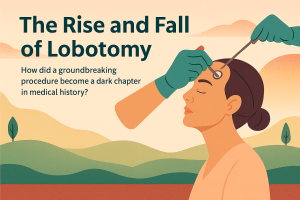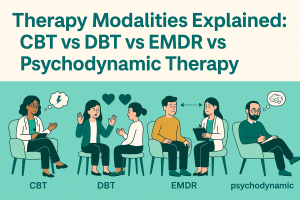Free 5‑Minute Neuroticism Test (Big Five)
20 questions • one‑tap answers • facet breakdown (Anxiety, Low Mood, Volatility, Self‑Consciousness)
How it works: You’ll see one statement at a time. Tap how much you agree. Your score updates at the end with tailored suggestions.
- Scale: Strongly Disagree → Strongly Agree (0–4)
- Some items are reverse‑scored to improve validity.
- Not a diagnosis; educational use only.
What is neuroticism?
Neuroticism is a Big Five personality trait describing how strongly you tend to experience difficult emotions like anxiety, sadness, and irritability, and how quickly stressors impact your mood. Higher scores are also linked to lower emotional stability and self‑esteem. Scores exist on a spectrum and can change with practice and context.
How this test works
This 20‑item checklist provides an overall score plus a facet breakdown across Anxiety/Worry, Low Mood/Rumination, Irritability/Volatility, and Self‑Consciousness/Self‑Doubt. Items include reverse‑scored statements to counter response bias. Use the insights as reflection prompts, not as medical advice.
Is this a clinical diagnosis, or a self‑assessment for learning?
How many questions are there, and how long does it take?
What does a high neuroticism score mean in everyday life?
Can neuroticism change over time?
Are the questions reverse‑scored to reduce bias?
How should I share my results with ChatGPT or another LLM?
Is my data stored or sent anywhere?
Does this test follow accessibility best practices?
How do I interpret the facet bars?
What’s the difference between anxiety and self‑consciousness facets?
Does New York have unique mental‑health resources I can use?
How do I find a therapist in New York that takes my insurance?
Can I take the test again to compare results?
What should I do if my score is High?
What should I do if my score is Very Low?
How accurate are online neuroticism tests?
Can teens in New York take this test?
Can I export or print my results?
How can I use these results with a coach or therapist?
Is this HIPAA‑compliant?
Disclaimer: This experience is for information only and does not replace professional evaluation. If you’re in crisis, call your local emergency number. In the U.S., you can dial or text 988. In New York City, you can also contact NYC Well.




